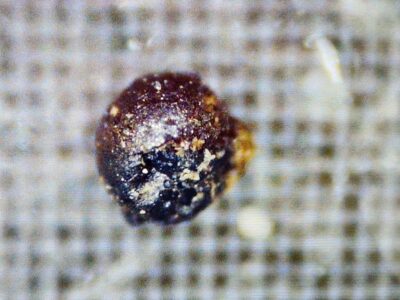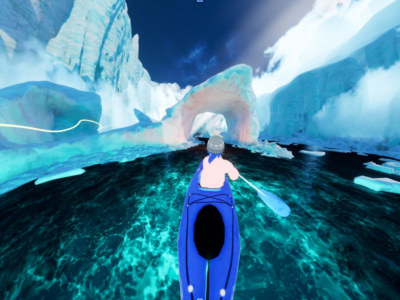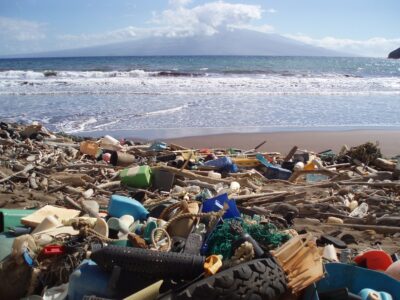Tag: Lamont-Doherty Earth Observatory
-

In the Jersey Suburbs, a Search for Rocks To Help Fight Climate Change
Like the tips of icebergs, small outcrops of volcanic basalt in highly populous areas may be representative of rocks under the nearby ocean that could be used in massive carbon-storage projects.
-

Army Veteran and Environmental Advocate: A Sustainability Science Student’s Journey to Columbia
Olivia Colton reflects on her experience in the military and how it connects with her education in environmental conservation.
-

In New Jersey’s Ancient Rocks, Hunting for Clues to a 2024 Earthquake
Geologists are combing the New Jersey countryside for signs of earthquakes past and present.
-

Columbia Beautiful Planet 2024
Each year, we honor Earth Day by sharing some amazing photos celebrating the beauty and magic of our planet from our campuses to the far corners of the world as captured by the Columbia community.
-

Plugging the Leak on Laundry Pollution
Laundry is the biggest source of microplastic fibers in our waterways. These Columbia researchers are working on a solution.
-

Was It an Alien Spacecraft—Or a Delivery Truck?
A Harvard astronomer says a meteor came from beyond our solar system. A new study questions whether his data includes a more obvious explanation.
-

Protecting Our Planet: 5 Strategies for Reducing Plastic Waste
Think global, fight local: In honor of Earth Day, here are some tips to reduce your plastic footprint.
-

A Virtual Reality Film That Makes the Climate Crisis Feel “Real”
‘Once a Glacier’ is about a girl who tries to save a glacier—and with it, forge new empathy for our fellow humans and planet.
-

This Earth Day, Choose the Planet Over Plastics
In keeping with the theme of Earth Day 2024, how do we reduce global plastic pollution and ensure a more sustainable future?

